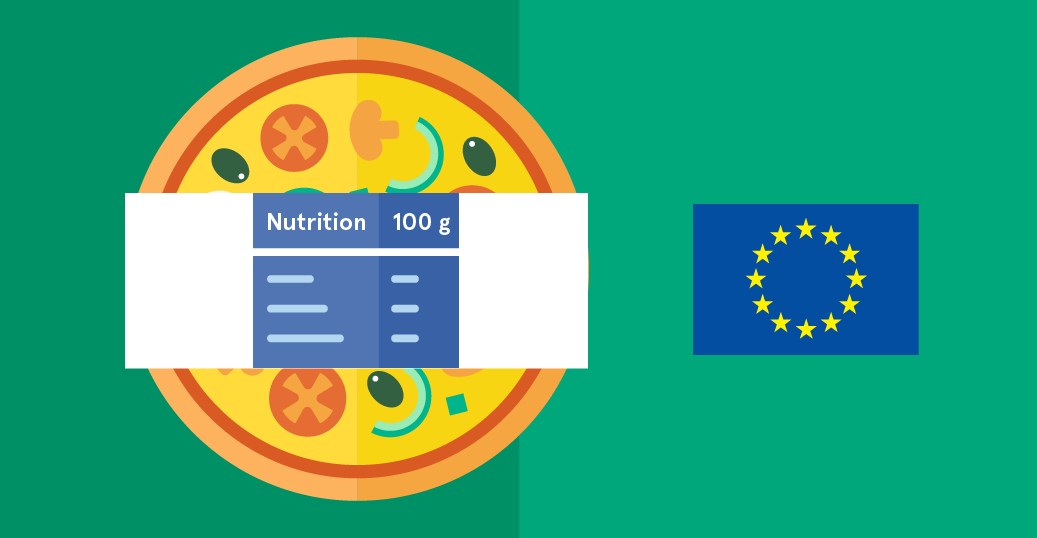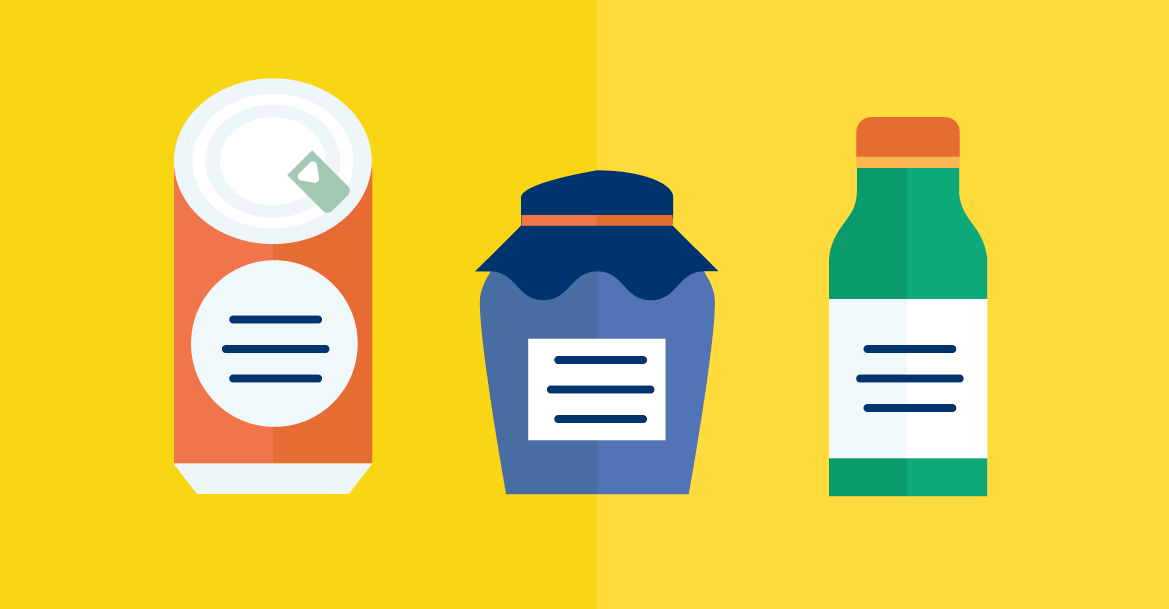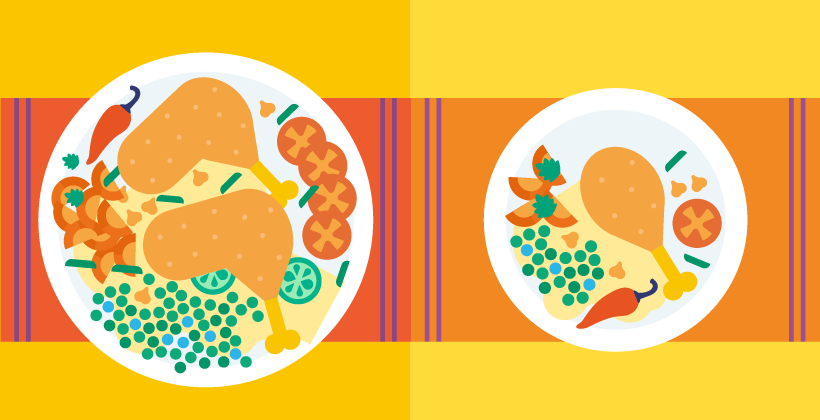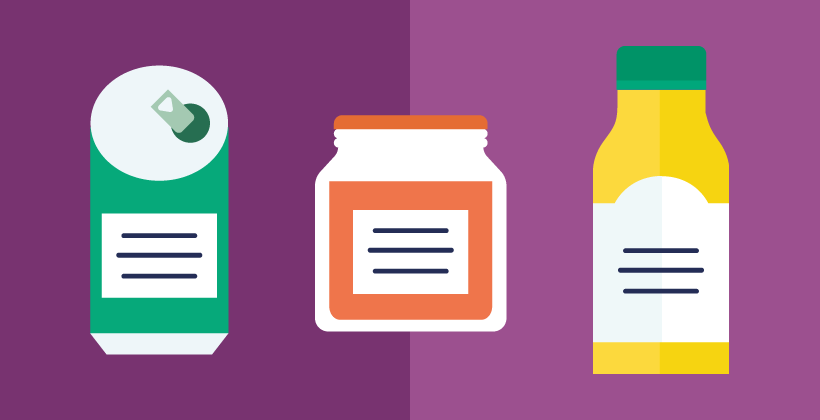Understanding Ingredients In Food Labels
Last Updated : 11 September 2006Consumers like to know what is in their food. They may wish to avoid certain ingredients for a variety of reasons. In Europe, nearly all pre-packaged food must be labelled according to EU law. However, the ingredient labelling terminology may not always be clear to the consumer and for some consumers interpretation of the labelled ingredients is a problem.
Ingredients labelling in EU Legislation
Based on the present legislation (see references at the bottom), it is compulsory to list all the ingredients contained in a food product, including water and additives, appearing in descending order of weight. Each constituent of a ‘compound ingredient’ must also be listed, unless the constituent has already been listed as an ingredient in its own right, or is present below certain quantities provided it is not a potential allergen.
In addition, 12 potentially allergenic food ingredients have been established, which must always be clearly labeled (see table 1). Also, there are specific rules on the labelling of additives, sweeteners, flavourings, and food ingredients produced from genetically-modified organisms. Likewise, ingredients that have been irradiated must be labelled appropriately.
The quantity of a product’s main or characterising ingredients must be declared, usually as a percentage, when the ingredient (or category of ingredient) appears in the name of the food, is normally associated with that food, or is given particular emphasis in the label (e.g. highlighted or pictured).
Explaining ingredients
An explanation of a selection of some common, but mystifying, ingredients is given below:
-
Carob is made from the edible seed pods of the carob tree. The sweet pulp is used to make an alternative to chocolate, the seeds are used to extract ‘locust bean gum’ used as an emulsifier, stabiliser, and gelling agent food additive (E410) in confectionery, beverages and baked products.
-
Carrageenan is a naturally occurring carbohydrate that is extracted from red seaweed. It is used as a gelling, thickening or stabilising food additive (E407) and can be found in desserts, sauces and processed meat.
-
Guar gum is a polysaccharide extracted from the guar bean. Highly refined guar gum is used in food products as a thickener and stabiliser food additive (E412), particularly in jelly gums, ice cream and salad dressings.
-
Hydrogenated vegetable oil is a generic class name referring to vegetable oil that has been converted to a solid or semi-solid state through a process called hydrogenation. All hydrogenated vegetable oils (e.g. sunflower, soy, granola) are covered by this term. Hydrogenation produces a more desirable texture (e.g. in baked products), but can result in the formation of trans fatty acids, which have been implicated as a risk factor in heart disease. Consumers are typically advised to look for the words “hydrogenated” and “partially hydrogenated” in the ingredients list to infer that a product contains trans fat. However, this advice is only partially correct. Partially hydrogenated oils do contain some amount of trans fat (dependent on the degree of hydrogenation), but fully hydrogenated oils do not contain trans fat. Alternative methods (e.g. interesterification, fractionation) are now used more widely to produce solid margarines and other firm textured fats and oils.
-
Hydrolysed vegetable protein is a protein derived from a vegetable source, such as maize, soy or wheat, which has been broken down into amino acids through a process of acid or enzymatic hydrolysis. It has a meaty flavour and is widely used as a flavouring in savoury products.
-
Lecithin is a fatty substance found, for example, in soy beans, egg yolks and sunflower oil. It is used mainly as an emulsifier food additive (E322) and can be found in chocolate, salad dressings and frozen desserts.
-
Starch is a naturally occurring carbohydrate which is extracted from plant sources (grain, root, leguminous). Products derived from native starches are:
-
Dextrin and maltodextrin are low-weight carbohydrates produced by the break-down of starch by the process of hydrolysis. Dextrins are generally produced from starch (from corn, wheat or potato) and used as fillers and thickeners in sweets, convenience products (e.g. instant soups) and foods for dietary uses, and as carrier substances for flavours.
-
Glucose syrups are sweet aqueous solutions of saccharides, made by partial hydrolysis of starch by food grade acids and/or enzymes. Depending on the degree of hydrolysis, they contain various amounts of glucose. Glucose syrup is particularly used as a sweetener for confectionery products and soft drinks and is also a natural substrate to obtain alcohol.
-
Modified food starches are products derived from native starches (e.g. from maize, wheat and potato) that have been treated by chemical, physical or biological means (e.g. by pre-cooking) to produce desirable properties. They are used in the food industry as thickeners, stabilisers, gelling agents, binders or emulsifiers in e.g. sauces, gravy, soups, deep frozen dishes and confectionery. Another form of modification is ‘pre-gelatinisation’ of starch, which allows it to form a gel with cold water, as in many ‘instant’ desserts.
-
-
Polyols are sugar-alcohols or hydrogenated carbohydrates. They are also known as sugar replacers, bulk sweeteners or sugar-free sweeteners. Some polyols are found naturally in various fruits and vegetables, e.g. sorbitol is found in apple and pear. The most commonly used polyols are Sorbitol, Mannitol, Maltitol, Isomalt, Lactitol, Xylitol and Erythritol. In foods, polyols are mainly used as a sweetener to replace sugar. They fulfil other technological functions, including acting as bulking agents, emulsifiers, thickeners, glazing agents and anti-caking agents. Unlike other carbohydrates they do not promote tooth decay and do not cause sudden increases in blood glucose levels. They provide less calories compared to other carbohydrates. Polyols are found in sugar-free products, with no added sugars or with reduced sugars in light products, sugar-free sweets and chewing gum.
Table 1: EU list of potential allergens that have to be listed on food labels
|



